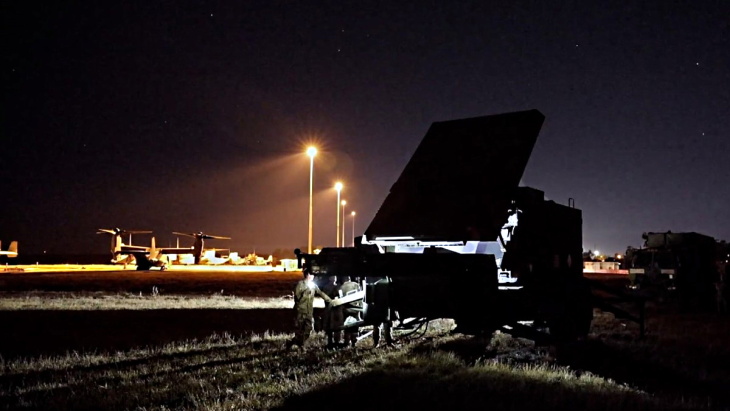The samples were produced during the test work phase of an ongoing definitive feasibility study (DFS) for the project. The UO4 produced is regarded as "saleable", with impurity levels within the acceptable levels relative to ASTM standards, Aura said. Precipitation test work will now continue, with further optimisation of the product planned in the next stage of work at ANSTO Minerals.
.jpg)
Yellowcake product from Tiris samples (Image: Aura Energy)
Executive Chairman Peter Reeve said the production of yellowcake was a "true milestone" towards achieving producer status.
"This yellowcake production is a key part of the Tiris DFS and will assist in marketing studies and progression of our financing discussions," he said.
Tiris is described by Australia-based Aura as a near-term development project with production expected in 2020. The company on 30 April said it expects to complete the DFS "around July" after it secured financing of AUD2million from New York-based Lind Partners LLC, based in New York.
The Tiris project comprises several tenements with shallow calcrete deposits on the Reguibat Craton in the north of Mauritania, close to Algeria and Mali in the Sahara desert. The DFS is for a simple "truck and shovel" mine up to 5 metres deep on the eastern deposit feeding a USD45 million plant, with production at about 400 tU per year over 15 years from 2020.
The government of Mauritania in December granted Aura an exploitation licence for the project, including a negotiated government interest of 15%, and the company in January signed a binding offtake agreement with London-based Curzon Uranium Trading Limited for up to 30% of production. Aura has previously said it intends to start production in 2020, but said in April that it will be "important to launch the Tiris Project in a positive uranium price environment".

.jpg)



_69218.jpg)

_50545.jpg)
_28367.jpg)
_76087_55556.jpg)




